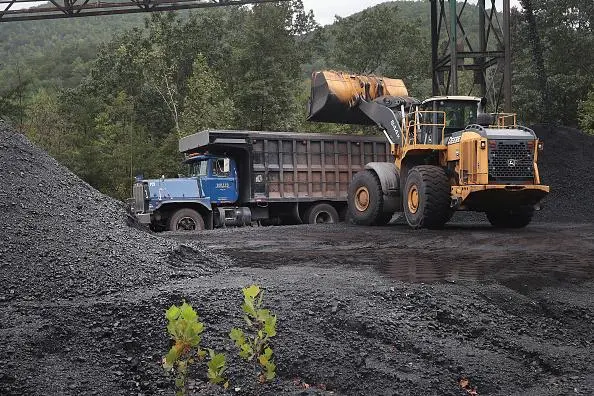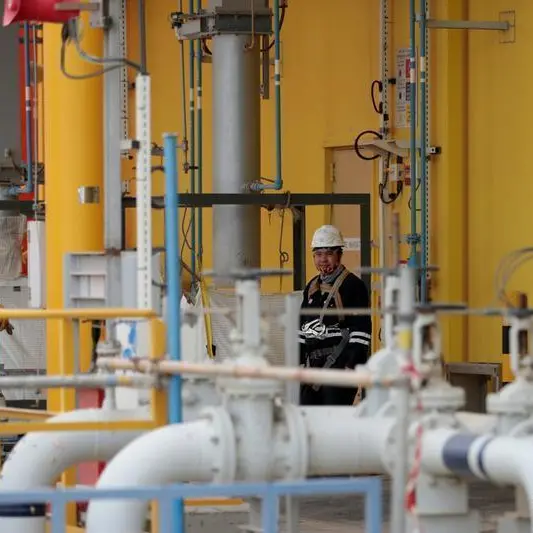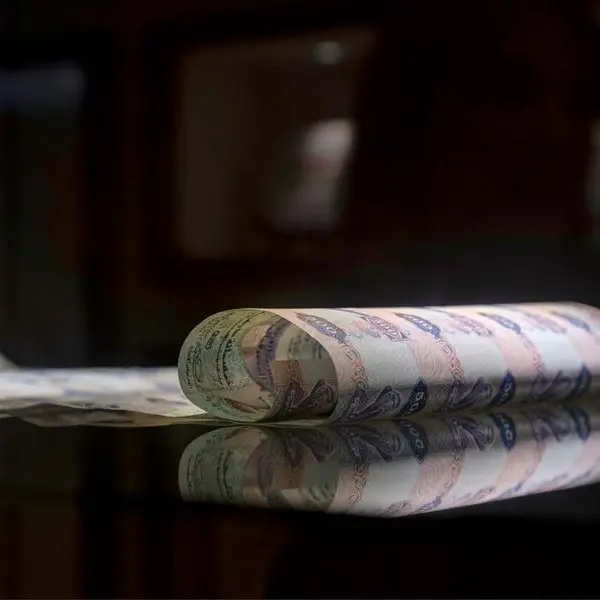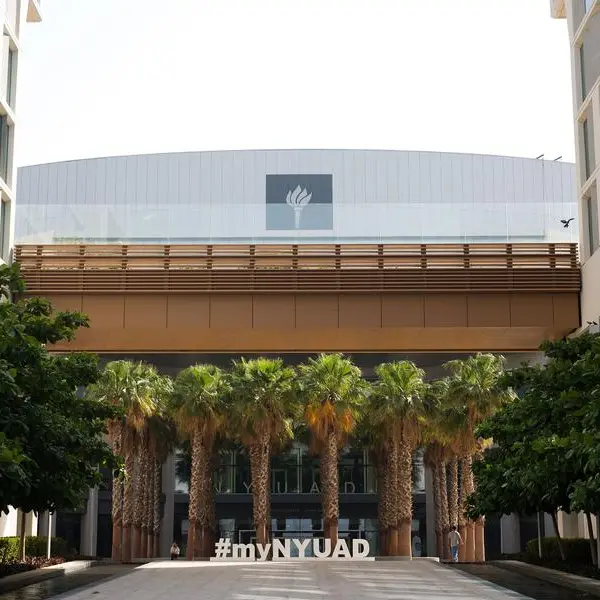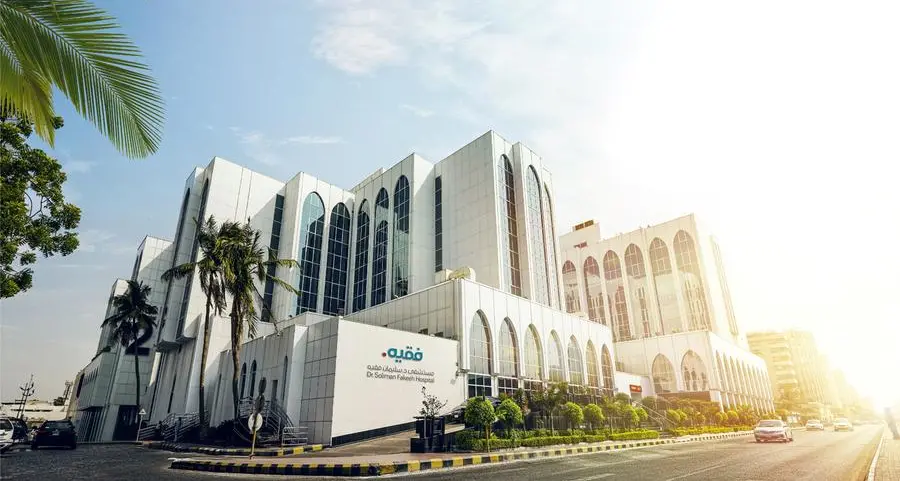PHOTO
These three commodities, all of which are already being mined in the Kingdom, will no doubt be much discussed at Future Minerals Forum, to be held in Riyadh between Jan. 11 and 13.
NIDLP established a Geological Survey Program in 2020, expected to last six years, for the Arabian Shield — the pre-Cambrian rock-bed formed more than 4 billion years ago and which measures up to 14 kilometers deep — in the Kingdom’s western region.
The program, which was created to support the Kingdom’s diversification away from oil, estimates the value of Saudi Arabia’s largest three minerals resources at $321 billion of phosphate, $229 billion of gold and $222 billion of copper, as well as $70 billion worth each of iron and uranium — among a total of 48 minerals and metals.
The Saudi Arabian Mining Co., or Ma’aden, said that the $6.4 billion expansion of its phosphate fertilizer portfolio will add 3 million tons of capacity, boosting it to more than 9 million tons by 2025. This will make the firm one of the top three global phosphate fertilizer producers, and place Saudi Arabia as the second largest phosphate fertilizer exporter in the world.
These figures have attracted the interest of major mining operators around the world.
The chairman of Canada-based Ivanhoe Mines, Robert Friedman, recently said: “We think the (Arabian Shield’s) potential is limitless for diamonds, rare earth, lithium, copper, gold and other minerals.
“It’s big, it’s unexplored and it’s blessed by cheap energy, new infrastructure and proximity to markets.”
The Saudi Ministry of Industry and Mineral Resources said that it received more than 1,500 licensing requests last year after the passing of a new law last June making it easier for foreign companies to invest in the Kingdom.
Under the Saudi Vision 2030 development plan, mining is positioned as the third pillar of the country’s economic development, after energy and petrochemicals, as it aims to diversify the economy away from a reliance on oil.
NIDLP said that it plans to “grow and capture maximum value from the mining sector,” with a broad 10-year plan to double the existing mining workforce to almost 500,000, increase private sector involvement and promote private investment.
Copyright: Arab News © 2022 All rights reserved. Provided by SyndiGate Media Inc. (Syndigate.info).
